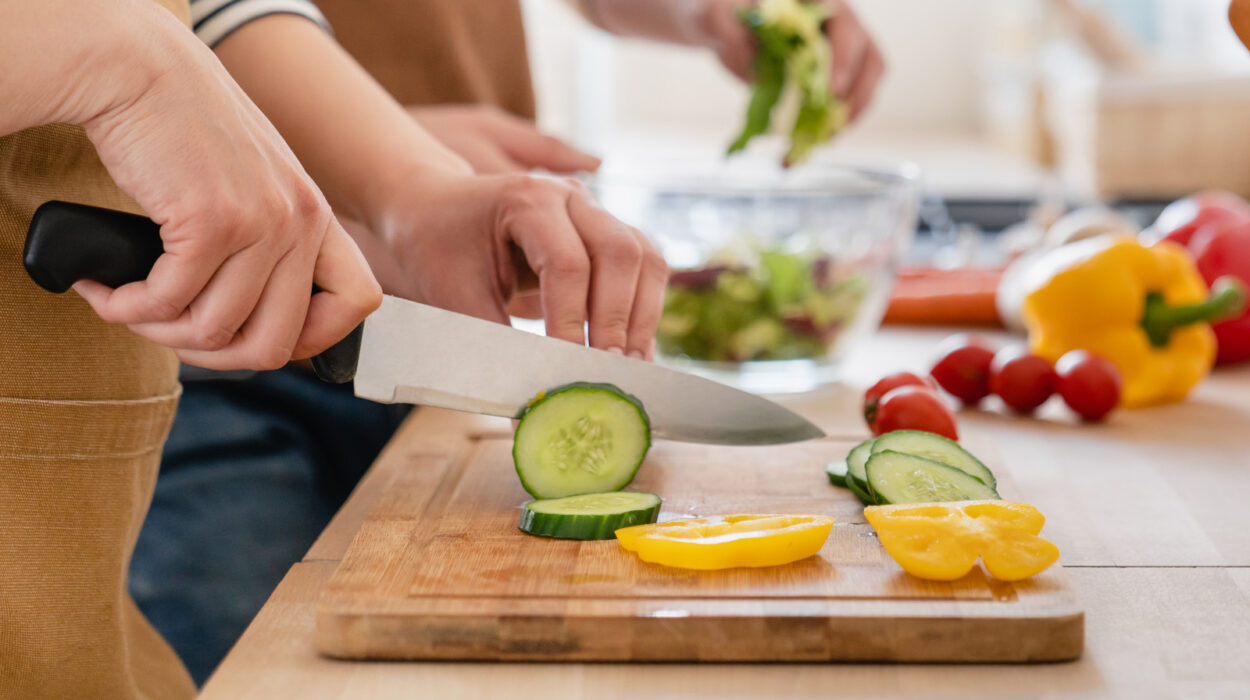Knowing how to properly cut with a knife is a crucial skill, whether you’re a professional chef or a home cook. The right technique enhances your cooking experience and ensures safety in the kitchen. Here, in this article, we will guide you through the nuances of cutting with a knife, ensuring you gain confidence with every chop.

The Importance of Proper Knife Skills
Proper knife skills are not only about efficiency but also about safety. Kitchens can be dangerous places if you’re not careful with the tools. Knowing the correct techniques minimizes the risk of accidents. Moreover, good knife skills enhance the texture and appearance of the food you prepare, making your dishes not only taste delicious but look terrific.
Understanding Knife Types and Their Uses
Before mastering how to properly cut with a knife, its essential to familiarize yourself with the different types of knives. Each knife serves a specific purpose, and using the right knife for the right task can make all the difference.
Chef’s Knife
This is the most versatile knife in the kitchen, suitable for cutting, chopping, slicing, and dicing.
Paring Knife
Perfect for tasks that require precision, such as peeling and trimming fruits and vegetables.
Serrated Knife
Ideal for cutting through foods with a hard exterior and soft interior, like bread or tomatoes.
The Science Behind Proper Knife Handling
Understanding the science behind knife handling helps leverage the tools full potential. The concept revolves around maintaining balance and control while allowing the weight of the knife to do the cutting.
Grip and Posture
Proper grip and posture are foundational to maintaining control over the knife. Hold the handle firmly but not too tightly, and ensure your thumb and index finger are on opposite sides of the blade for stability.
Hand Positioning
An equally important aspect is the positioning of your non-dominant hand. It’s crucial to curl your fingers inwards, forming a claw-like shape to protect them while guiding the food towards the blade.
Diving into Cutting Techniques
Each cutting technique serves a purpose and calls for caution. By mastering different techniques, you enhance your cooking efficiency and food presentation.
Chopping
A basic yet essential technique for cutting foods into uniform pieces. Use a steady up-and-down motion while maintaining the knifes balance.
Slicing
This involves moving the knife in a slight sawing motion that helps in making even and thin slices.
Dicing
Dicing refers to cutting food into small, square pieces, commonly used for vegetables like onions and carrots.
Mincing
Often used for herbs or garlic, mincing involves rocking the knife back and forth over the products until theyre finely chopped.
Safety Tips for Knife Handling
Safety comes first. Following these tips ensures a safe cutting environment.
Keep Your Knives Sharp
A sharp knife is safer than a dull one. It requires less force, thus reducing the likelihood of slipping accidents. Regularly sharpen and hone your knives for optimal performance.
Use a Cutting Board
A stable cutting board provides a secure surface to work on, reducing the risk of slips and damage to your kitchen surfaces.
Mind Your Fingers
Always be aware of where your fingers are in relation to the knife’s blade. Use the claw grip to protect your fingers.
Proper Knife Storage
Storing knives safely keeps them and you safe. Use a knife block or magnetic strip to prevent accidents and keep the blades from dulling.
Common Mistakes to Avoid
Many make mistakes when learning how to properly cut with a knife. Avoid these common pitfalls for a better experience.
Using the Wrong Knife
Each knife has a specific function. Using the wrong knife for a task can make cutting difficult and increase the risk of injury.
Ignoring Knife Maintenance
Failing to maintain your knife’s sharpness not only reduces efficiency but also increases the chance of slips and injuries.
Enhancing Your Cutting Experience
Here are a few tips to enrich your cutting experience, making cooking more fun and engaging.
Choose the Right Cutting Board
End-grain wooden cutting boards are preferred. They are gentle on knife blades and long-lasting.
Invest in Quality Knives
High-quality knives are more durable and efficient. They enable precision cutting, saving time and effort.
Practice and Patience
Perfecting knife skills takes time and practice. Get comfortable with your knife, and practice regularly to improve your skills gradually.
Conclusion: Cut with Confidence
Learning how to properly cut with a knife is an invaluable skill that everyone should possess. It brings efficiency, safety, and elegance to your kitchen endeavors. By understanding knife types, practicing cutting techniques, and maintaining safety measures, you can enhance your culinary adventures tremendously.

FAQs
Why is it important to use the right knife?
Using the right knife ensures efficiency and safety, allowing you to perform tasks with greater ease and precision.
How often should I sharpen my knives?
It depends on usage, but generally, you should hone your knives before each use and sharpen them every few months.
What is the safest way to cut?
Always hold the knife firmly with a proper grip, use a stable cutting board, and make sure to position your non-dominant hand correctly to avoid injuries.
This article contains affiliate links. We may earn a commission at no extra cost to you.


